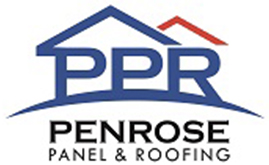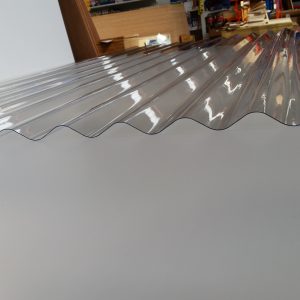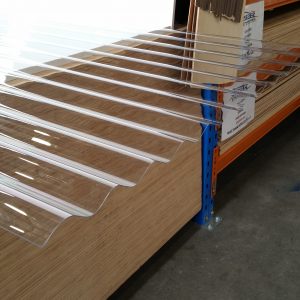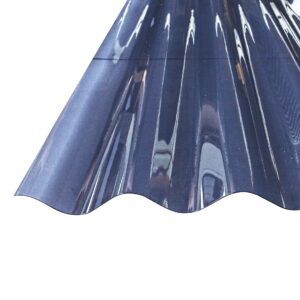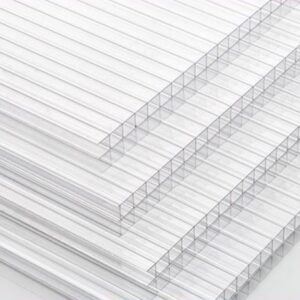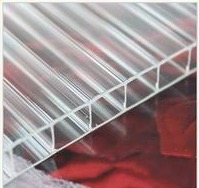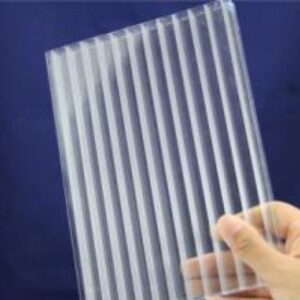
Polycarbonate is a high-performance engineering plastic that has gained widespread use as a roofing material due to its outstanding physical and chemical properties. Here are some key features of polycarbonate roofing:
High Transparency: Polycarbonate sheets offer high transparency, with a light transmission rate of up to 90%, similar to glass but much lighter. This makes them ideal for structures like greenhouses, skylights, and sunrooms where natural light is essential.
Impact Resistance: Compared to traditional glass roofing materials, polycarbonate is significantly more impact-resistant, approximately 250 times stronger than glass. This means it is highly resistant to shattering, even in extreme weather conditions.
Lightweight: Polycarbonate is only one-sixth the weight of glass, making it easier to handle and install. Its light weight also reduces the load on the building structure.
Weather and UV Resistance: Polycarbonate roofing materials are treated with a special UV-resistant coating, which protects them from ultraviolet radiation, preventing yellowing and degradation over time, and extending their lifespan.
Thermal Insulation: Polycarbonate sheets offer excellent thermal insulation, reducing heat transfer and helping maintain stable indoor temperatures. This can lead to energy savings in heating and cooling.
Flexibility and Design Versatility: Polycarbonate is easy to work with and can be bent into various shapes, accommodating complex architectural designs. This flexibility makes it a favorite among architects and designers.
Due to these advantages, polycarbonate roofing is widely used in industrial facilities, commercial buildings, sports venues, carports, and balcony coverings. It not only meets functional requirements but also offers a combination of aesthetics and practicality, making it an increasingly essential material in modern architecture.
